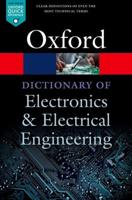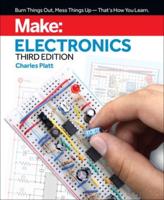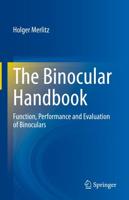Publisher's Synopsis
Research on advanced energy conversion devices such as solar cells has intensified in the last two decades. A broad landscape of candidate materials and devices were discovered and systematically studied for effective solar energy conversion and utilization. New concepts have emerged forming a rather powerful picture embracing the mechanisms and limitation to efficiencies of different types of devices. The Physics of Solar Energy Conversion introduces the main physico-chemical principles that govern the operation of energy devices for energy conversion and storage, with a detailed view of the principles of solar energy conversion using advanced materials.
Key Features include:
- Highlights recent rapid advances with the discovery of perovskite solar cells and their development.
- Analyzes the properties of organic solar cells, lithium ion batteries, light emitting diodes and the semiconductor materials for hydrogen production by water splitting.
- Embraces concepts from nanostructured and highly disordered materials to lead halide perovskite solar cells
- Takes a broad perspective and comprehensively addresses the fundamentals so that the reader can apply these and assess future developments and technologies in the field.
- Introduces basic techniques and methods for understanding the materials and interfaces that compose operative energy devices such as solar cells and solar fuel converters.









